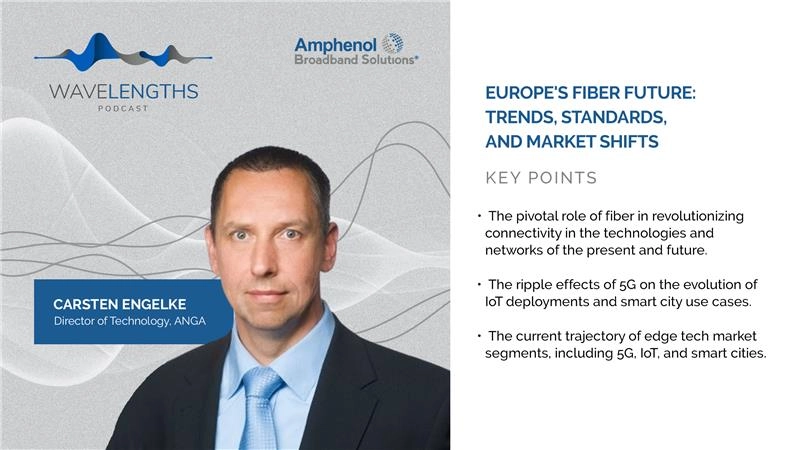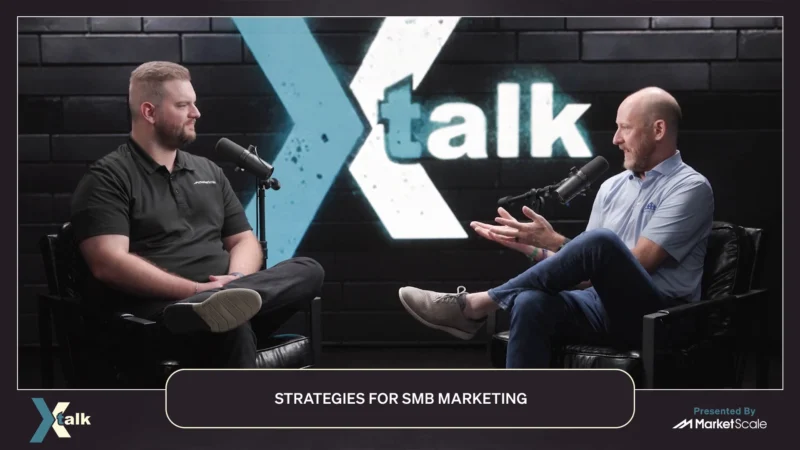Data Analytics in the Construct of Open and Secure Communication Standards in Energy and Industrial
Muthuraman “RAM” Ramasamy returns with Ricky Watts for this fifth special fireside chat series for Intel and Frost & Sullivan, focusing on various areas of technology innovation. For this go-around, RAM chose a topic close to Ricky’s heart, data analytics, in the construct of open and secure communication standards.
As Ramasamy points out, “The world of energy and industrial is swimming in volumes of data, and they haven’t really captured this much volume of data before, and they also don’t know what to do with the amount of data that they have captured.” Tremendous technology solutions, capabilities, and resources are available to these industries, and now is the right time to define the communication standards process.
“The fourth industrial revolution is well underway; it’s accelerating,” Watts says. “The impacts of COVID, global supply chains, and geopolitical issues are changing manufacturing in the ways companies want to do things going forward.” One of those changes is to bring more capabilities to the manufacturing devices already in place, and the capability most desired is more in-depth data analytics. This data provides systems knowledge for new talent entering the workforce, generates efficiencies, and helps build future systems and manufacturing machines.
Making the operation between the digital and physical worlds of manufacturing as seamless as possible is one of Intel’s main goals when providing its solutions. Watts says if companies want to run a digital twin of their operations, they need powerful compute to gather that data and a lot more interconnectivity between all the systems within that environment to feed into the machine. “So, Intel is building an infrastructure and an ecosystem to enable that data abstraction reliably, securely, and safely.”
Watts mentions several partnerships utilizing Intel solutions that do innovative things with data. One company is fusing compute with robotics. “We had a robot with a camera that was using real-time data to analyze what was going on, in this case, a conveyor belt technology.” This process allows a factor worker to identify what was on that conveyor belt and take action in real-time using vision data. “So, here we can bring vision systems together with another exciting area, which is the rise in the use of robotics in manufacturing for all sorts of processes that robotics can do very well.”
Learn more about energy solutions by connecting with Muthuraman “RAM” Ramasamy and Ricky Watts on LinkedIn or visit:
Subscribe to this channel on Apple Podcasts, Spotify, and Google Podcasts to hear more from the Intel Network and Edge Solutions Group.




